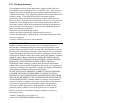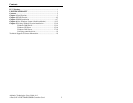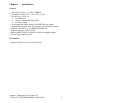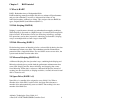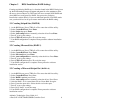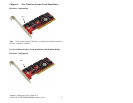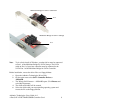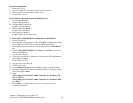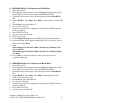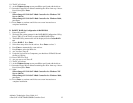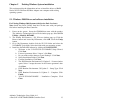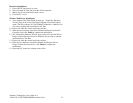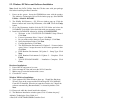Addonics Technologies Users Guide v1.0
4-Port SATA II PCI RAID5/JBOD Controller Card
4
Chapter 2 RAID tutorial
2. What is RAID?
RAID - Redundant Array of Independent Disks
RAID technology manages multiple disk drives to enhance I/O performance
and provide redundancy in order to withstand the failure of any
individual member, without loss of data. This card provides two RAID Set
types, Striped (RAID 0) and Mirrored (RAID 1).
2.1 Disk Striping (RAID 0)
Striping is a performance-oriented, non-redundant data mapping technique.
While Striping is discussed as a RAID Set type, it is actually does not provide
fault tolerance. With modern SATA bus mastering technology, multiple
I/O operations can be done in parallel, enhancing performance. Striping
arrays use multiple disks to form a larger virtual disk.
2.2 Disk Mirroring (RAID 1)
Disk mirroring creates an identical twin for a selected disk by having the data
simultaneously written to two disks. This redundancy provides instantaneous
protection from a single disk failure. If a read failure occurs on one drive, the
system reads the data from the other drive.
2.3 Mirrored-Striping (RAID 1+0)
A Mirrored-Striping Set does just what it says, combining both Striping and
Mirroring technologies to provide both the performance enhancements that
come from Striping and the data availability and integrity that comes
from Mirroring. When data is written to a Mirrored-Striped Set, instead of
creating just one virtual disk, as Striping would do, a second, mirrored virtual
disk is created as well.
2.4 Spare Drive (RAID 1 +S)
Spare Drive is a standby drive assigned to serve a Raid 1 Set. When a
member drive of this Raid 1 set drive fails, the Spare Drive becomes a
member drive and automatically starts to rebuild. Thus making it the new
member of the Raid 1Set.




